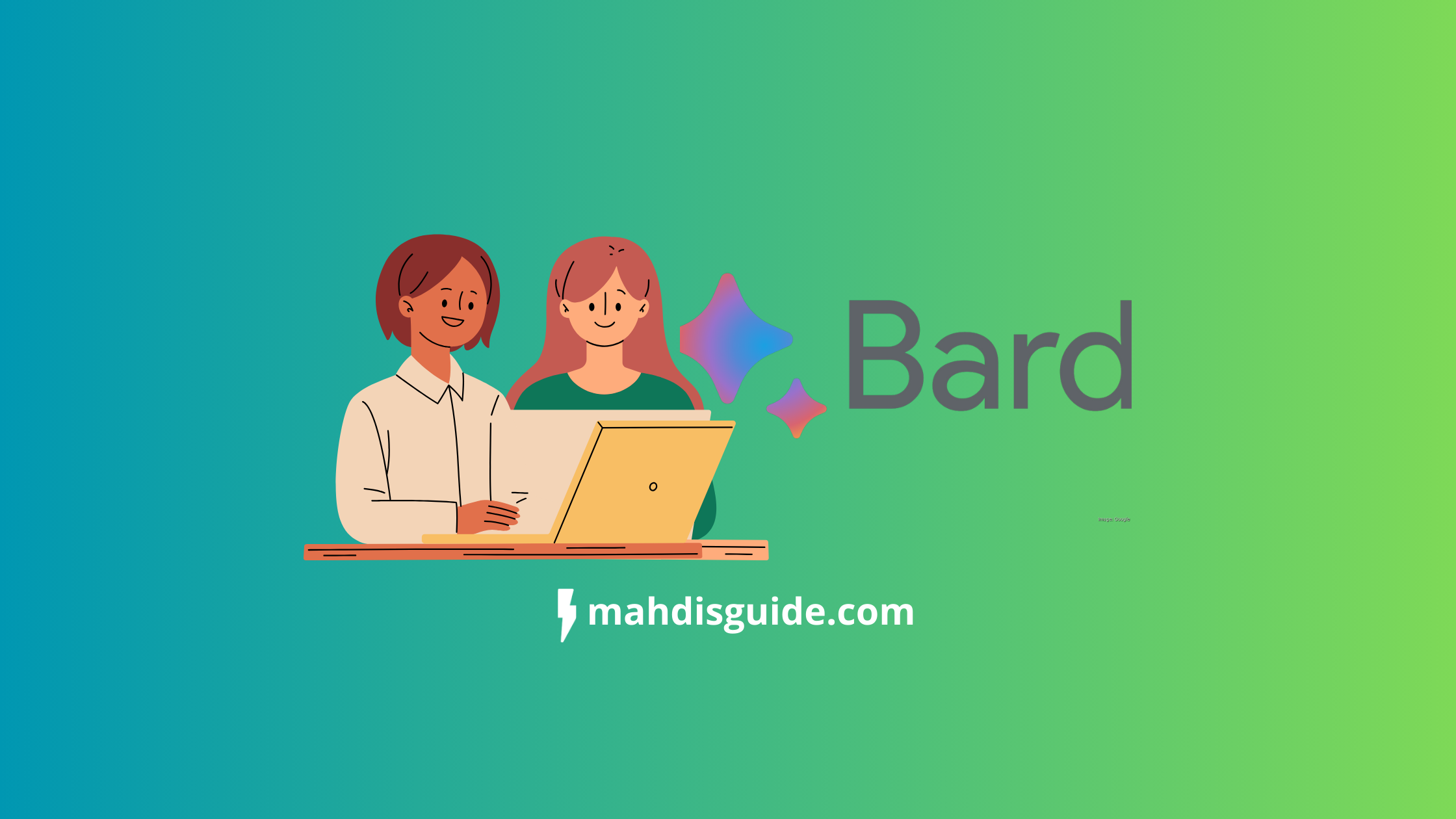Google Bard API: Unlock the Power of Generative AI
Artificial intelligence (AI) technology is revolutionizing the world as we know it. Machine learning algorithms are becoming increasingly advanced, allowing machines to accurately analyze and process large data sets in a matter of seconds. One of the most exciting AI innovations is generative AI, which uses machine learning to create original content such as text, music, and images. Google Bard API is a powerful tool for using generative AI to create engaging and unique writing. In this blog post, we will explore how to unlock the power of Generative AI with Google Bard API. This step by step guide is intended for beginners who are curious about the exciting possibilities of AI technology.
What is Generative AI?
Generative AI refers to the use of machine learning algorithms to create original content. Unlike rule-based AI, which requires explicit instructions, generative AI relies on machine learning models that are trained on large data sets. Once trained, these models can generate new content based on the patterns they have learned from the training data. The use cases for generative AI are broad and include everything from music composition and image generation to content creation. you can discover more
What is Google Bard API?
Google Bard API is a tool that leverages the power of natural language processing and represents one of Google’s large language models. Rooted in the mechanics of Generative AI, its technology is modeled after OpenAI‘s GPT-2, an advanced machine learning model trained on an extensive array of internet text. The Bard API empowers developers by providing the tools to generate diverse forms of text content, from poetry and song lyrics to engaging short stories. Through conversational AI, this Beta version of the tool allows developers to explore an expansive realm of creative possibilities.
How to unlock the power of Generative AI with Google Bard API ?
Unlocking the power of Generative AI with Google Bard API involves several steps and a fundamental grasp of code. As a tool designed to generate text, it can be harnessed to create creative content, translate languages, and even produce conversational AI.
Firstly, Google Bard API provides a simple and user-friendly interface for developers to experiment with. By writing specific commands in your code, you can instruct the API to produce the desired output, whether an original short story or a well-crafted sales pitch.
As an example, developers aiming to build a multilingual chatbot can use Bard API’s ability to translate languages effectively. By integrating this into their platform, they can reach audiences worldwide, hence improving their productivity in creating a global footprint.
Furthermore, the API can be used as a brainstorming tool, generating ideas to spark creativity. Developers working on a gaming project could employ Bard API to create diverse character dialogues or game narratives.
Lastly, Google Bard API, by virtue of its conversational AI capabilities, can be a game-changer in customer service. It can generate automated yet personalized responses, providing a more human-like interaction experience for users.
In essence, the Google Bard API is a powerful tool that can significantly boost productivity, creativity, and global reach in a variety of fields.
How to use Google Bard API.
Please note that Google Bard API is currently in its Beta version and has not been officially released. Consequently, access to it is not directly available through the Google AI website or Bard website. Stay tuned for updates on API usage and access as development progresses.
In the interim, while awaiting the official release of the Google Bard API, users can gain provisional access through a resourceful alternative. Daniel Park’s GitHub repository serves as a gateway to this cutting-edge technology. It offers a reverse-engineered solution and a Python package that directly interfaces with the Google Bard API. For comprehensive instructions and details on utilizing this solution, kindly refer to the extensive documentation available on the GitHub repository. This stopgap solution enables users to harness the API’s potential and integrate its powerful capabilities into their projects.

Steps of Google Bard API usage
In the following sections, we will provide a detailed, step-by-step guide on how to gain access to the Google Bard API.
1- Create a Google Cloud Platform Project :
First step is creating a GCP Project :
Go to the Google Cloud Platform website and sign in with your Google Account.
Click on the “Create Project” button and give a name to your project.
Click on the “APIs and Services” button in the Google Cloud Console.
2- Enable Bard API
Second step is to enable bard API in the created project :
Navigate to “Library” section in your project.
Search for the Google Bard API in the library.
Enable the API for the created project.
3- Get Google Bard API KEY
Third step is to obtain a Bard API Key. As you may know, in order to access any API and to integrate it you have to provide a new API Key, so let’s do it:
Navigate to the Google Cloud Website and create a Google Cloud account if you don’t have one.
Create a GCP Project.
Enable Bard API in the project.
On the Credentials page of Google Cloud Console, click on the “Create credentials” button, and select “API key”.
Now, you have to save it.
4- Authentication
In order to access and use Google Bard API in our application. We have to provide the generated API Key in our API requests header to be recognized by Google Bard API and to allow access and authentication.
5- Generate JSON Key File
After generating the API key, you have to download the connected JSON file key:
First, you have to create a service account in the Google Cloud Console admin Area.
Then, download the JSON file key connected to the service.
6- Use Python Package and start to make API calls
Once the previous steps are done, you can now visit Bard API Documentation in Daniel Park GitHub Repository, to start downloading the required libraries and dependencies, and you can finally start the party by requesting Bard API endpoint.
Tips for using Google Bard API.
To get the most out of Google Bard API, it’s important to experiment and try different prompts. The model can create a range of different writing styles and tones, so don’t be afraid to try new things. You can also adjust the length and complexity of the output to suit your needs. Another tip is to use multiple prompts to generate longer pieces of text. By using different prompts, you can create a more diverse and engaging piece of writing.
Conclusion
AI technology is changing the way we live and work. Google’s Bard API is a tool that allows beginners to unleash the power of generative AI and create unique, compelling writing. Whether you’re looking to experiment with new writing styles or generate content for a specific audience, Bard API provides endless possibilities. By following the tips outlined in this blog post and experimenting with different prompts, you can unlock the potential of generative AI and take your writing to the next level. The future of AI in writing is bright, and Bard API is just the beginning.







